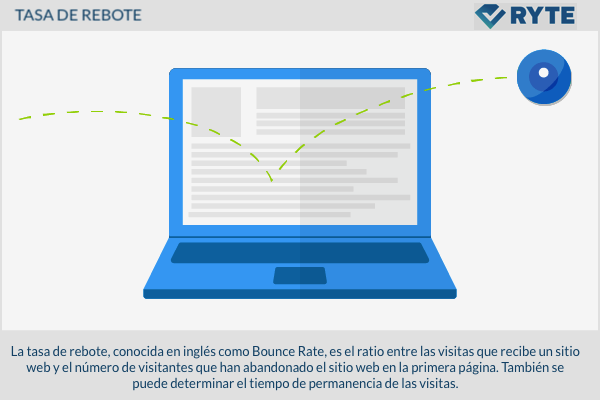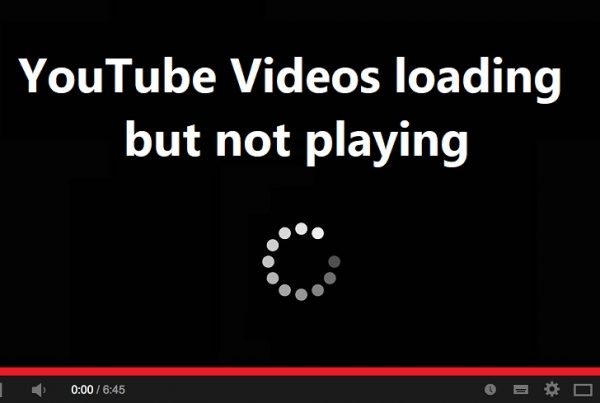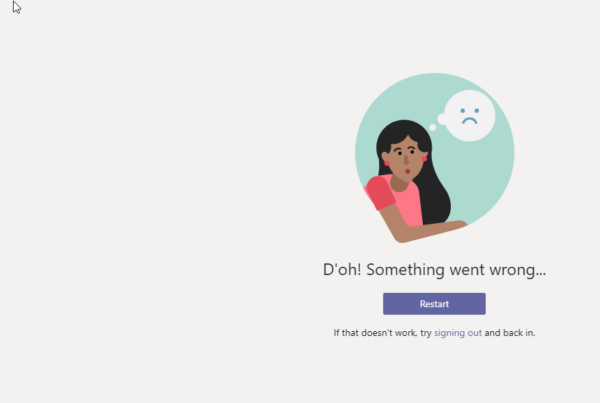The bounce rate, known in English as Bounce Rate, is the ratio between the visits a web portal receives and the number of visitors who have left the web portal on the first page. You can also set the time of permanence of the visits.
Bounce Rate and Web Analytics
The bounce rate it is a very useful indicator when establishing the success of a page or a project SEO. In the field of BE, the bounce rate Shows the efficiency of display ad campaigns or text ads.
At SEMFor example, ads are generally tailored to the concept of the page hosting the ad. However, it is very important that the landing page, Landing page, show precisely what the user expects through the ad.
Interpretations of the values
The bounce rate varies depending on the industry and sector. It is essential to review the reasons for a viable high percentage, but taking into account that the bounce rate it is not a flat percentage. It is recommended to review the benchmarki.e. the benchmark of an equivalent industry, since it can help to examine the bounce rate obtained.
It is also very important to differentiate between new visitors and regular customers, for new visitors the conversion rate is always higher. Apart from this, it is also feasible that visitors who selected an ad and were redirected to the page leave more quickly than those who enter to visit the page by themselves.
Possible reasons for a high Bounce Rate
- Web portal with a single page: it is recommended to review the time of permanence of the visits to examine the level of satisfaction of the user and their experience in the web portal, that is, if the user has found what they were looking for or not. It is also very useful to review its behavior to see if it has made any downloads, etc.
- Wrong incorporation of tracking codes- All web analytics tools work with tracking codes and must be installed in the source code. If errors occur during the installation, this can lead to a considerable increase in the bounce rate.
- Bad web portal design: If a user cannot find what they are looking for, it is essential to consider changing the design of the web portal to reduce the bounce rate.
Poor content: those who optimize a web portal just to get a better position usually receive a higher bounce rate. This occurs because visitors cannot find the information they expect.
Bounce Rate vs. Dropout Rate
Sometimes the bounce rate is confused with the dropout percentage. However, they are two different indicators both at an analytical level and at a fundamental level.
The bounce rate It contemplates those users who leave the web portal immediately without having navigated at least the web portal, that is, they leave the page without having visited other pages of the web portal. However, the dropout percentage It contemplates the entire browsing session of a user and is a percentage that determines the level of abandonment that each page has. That is, on which page the user has left our web portal.
Relevance for SEO
For both SEO and Web Analytics, the bounce rate is a value that must be analyzed to find optimization potentials.
When a visitor enters a web portal through an Organic Search result and decides to immediately leave the page, this indicates to the search engines that this page does not offer what the user expects, and Google takes it into consideration. when determining the positioning of the web portal in the SERPs.
The bounce rate provides important information for SEO, such as whether the quality of the design and content is good, the bounce rate it will be reduced. At the same time, this value serves as an indicator of the success of SEA advertising campaigns.
Web links
- Bounce Rate support.google.com
- How to decrease the Bounce Rate of our website using images Blog silocreativo.com







